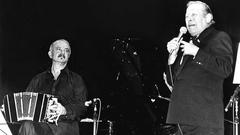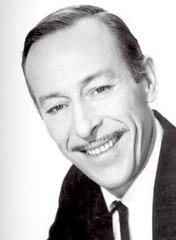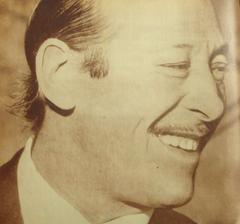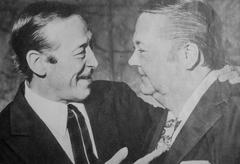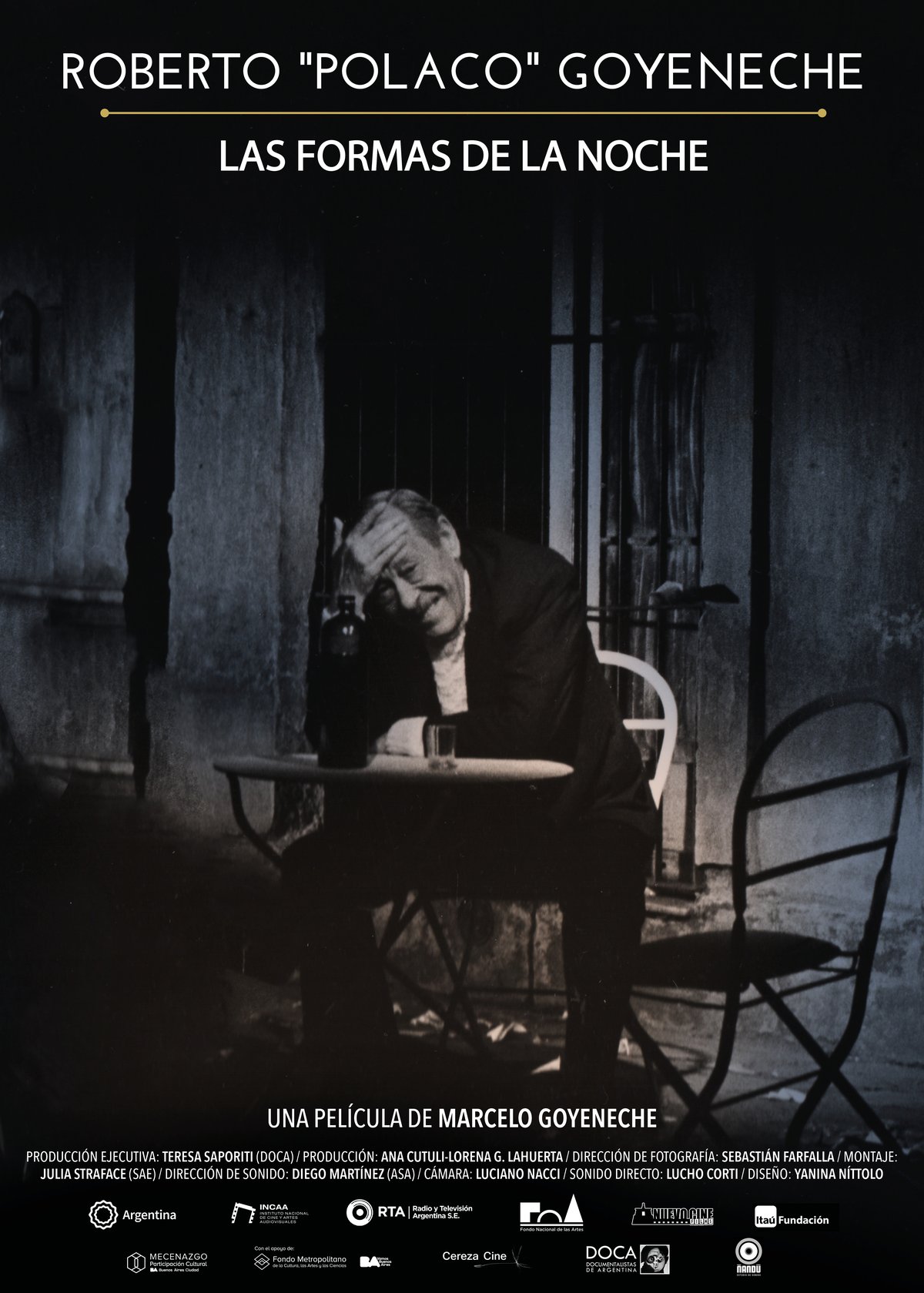
Roberto Goyeneche Visiting Hours, Tickets, and Historical Significance in Buenos Aires
Date: 14/06/2025
Introduction
Roberto Goyeneche, affectionately known as “El Polaco,” stands as one of the most influential tango singers in Argentine history. His emotive voice and deep connection to Buenos Aires have made him an enduring symbol of the city’s cultural heritage. Throughout Buenos Aires, various landmarks commemorate Goyeneche’s legacy, such as the vibrant Roberto Goyeneche Avenue in Saavedra, the expansive Avenida Parque Roberto Goyeneche that links Saavedra and Villa Urquiza, and a dedicated bust in Plaza República Oriental del Uruguay in Recoleta. These sites not only memorialize his musical contributions, but also offer immersive experiences in the city’s tango traditions and local history.
This comprehensive guide details everything visitors need to know to explore Roberto Goyeneche’s Buenos Aires: visiting hours, ticketing, accessibility, nearby attractions, and practical travel tips. Whether you’re a passionate tango fan or a curious traveler seeking to experience authentic porteño culture, this resource will help you navigate the best spots to honor Goyeneche. From the historic quarters of San Telmo and the bustling Avenida Corrientes to the leafy plazas and corridors named after the singer, each destination offers a distinct perspective on Argentina’s vibrant tango heritage.
Visitors will also find guidance on public transportation, safety, etiquette, and the best times to visit each site, along with recommendations for guided tours, annual events like the Buenos Aires Tango Festival, and digital resources such as the Audiala app for enriching your experience with audio tours and event listings.
Explore the legacy of Roberto Goyeneche through Buenos Aires’ iconic streets, parks, and cultural hubs, and discover the living traditions that keep his influence alive. (CMTV Biography of Roberto Goyeneche, El Portal del Tango, Buenos Aires Government)
Table of Contents
- About Roberto Goyeneche Avenue
- Visiting Information
- Nearby Attractions
- Travel Tips
- Historical Evolution and Urban Development of Avenida Parque Roberto Goyeneche
- Green Spaces, Plazas, and Public Art
- Community Engagement and Urban Policy
- Practical Information for Avenida Parque Roberto Goyeneche Visitors
- Key Goyeneche-Related Sites and Attractions: Visiting Hours & Tickets
- Cultural Significance and Living Traditions
- Practical Visitor Tips for Exploring Goyeneche’s Buenos Aires
- Guided Tours & Special Events
- Visiting the Roberto Goyeneche Monument and Avenida Parque Roberto Goyeneche
- What to See and Do
- Cultural Etiquette and Responsible Tourism
- FAQs
- Visuals and Media Suggestions
- Additional Resources and Internal Links
- Conclusion and Call to Action
About Roberto Goyeneche Avenue
Situated in the heart of Saavedra, Roberto Goyeneche Avenue is a living tribute to the legendary tango vocalist who grew up in this very neighborhood. The avenue is more than just a thoroughfare—it’s a cultural corridor featuring plaques, murals, and occasional tango performances, all set within a vibrant local community. Visitors can stroll along tree-lined sidewalks, discover public art dedicated to “El Polaco,” and soak in the atmosphere that inspired one of Buenos Aires’ greatest artists.
Alt text: View of Roberto Goyeneche Avenue lined with trees and tango-themed murals in Saavedra, Buenos Aires.
Visiting Information
Location and Access
Roberto Goyeneche Avenue is easily reached by public transport. The closest subway station is Plaza de Mayo (Line A), with several bus routes serving the area. Taxis and rideshare services are also readily available.
Opening Hours
As a public avenue, it is open 24/7. For the best experience—especially for viewing murals and attending events—visit between 9:00 AM and 6:00 PM.
Tickets and Entrance Fees
There is no entrance fee to explore the avenue itself. Some nearby museums or cultural centers featuring tango exhibits may charge admission; check individual venues for details.
Accessibility
The avenue is pedestrian-friendly with sidewalks and ramps, suitable for visitors with mobility challenges. Public transportation options also typically accommodate accessibility needs.
Nearby Attractions
- Saavedra Historic Café: A classic gathering spot for tango artists, including Goyeneche.
- Tango Museum of Buenos Aires: Exhibits on tango history and notable performers.
- Parque Saavedra: A popular park for relaxation and recreation.
Travel Tips
- Weekdays tend to be quieter, while weekends often feature more events.
- Wear comfortable walking shoes to explore the area thoroughly.
- Consider joining a guided tango tour that highlights Goyeneche’s legacy.
Historical Evolution and Urban Development of Avenida Parque Roberto Goyeneche
Origins and Transformation
Avenida Parque Roberto Goyeneche originated from the abandoned 1976 Plan de Autopistas Urbanas, intended for elevated highways. After local opposition, the city transformed the space into a rapid-access avenue flanked by green parkland between 1997 and 1998. Officially named for Goyeneche in 2004, the avenue now stands as a testament to community activism and cultural memory.
Urban Integration
The avenue connects Avenida Congreso with Avenida General Paz, acting as a major north-south link. It features wide lanes, a central boulevard, and adjacent green spaces, making it both a transportation route and a recreational corridor. Its proximity to major train stations enhances accessibility.
Green Spaces, Plazas, and Public Art
Linear Park and Plazas
The avenue’s green corridor is dotted with plazas named after local figures, such as Plaza Daniel Hernán García and Plaza Edmundo Rivero. Facilities include playgrounds, exercise stations, benches, and lawns, catering to families, runners, and dog walkers alike.
Murals and Sculptures
Public art is a highlight, with murals and sculptures paying homage to Goyeneche and other cultural icons. The Balbín underpass features especially vibrant murals, and while a statue of Goyeneche was relocated, the area remains a living tribute to his influence.
Community Engagement and Urban Policy
Neighborhood groups have played a crucial role in preserving the avenue’s green character. The area is governed by the city’s Urban Code (Unidad Especial 34), with ongoing discussions about zoning and public use. Maintenance efforts include tree planting and irrigation, ensuring the space remains welcoming for all.
Practical Information for Avenida Parque Roberto Goyeneche Visitors
Visiting Hours and Accessibility
The avenue is open 24 hours a day, free of charge. Daylight hours are best for safety and to enjoy all amenities.
Getting There
Accessible via the Mitre railway line (Estación Dr. Luis María Drago) and several bus routes. Cyclists and pedestrians benefit from dedicated lanes and wide sidewalks.
Amenities and Activities
The plazas offer playgrounds, outdoor gyms, and seating. Community events, markets, and fairs are frequent, and nearby cafés and bakeries provide local flavor.
Safety and Local Etiquette
The area is safe and community-oriented. Remain aware of your surroundings, keep dogs leashed, and help maintain cleanliness.
Key Goyeneche-Related Sites and Attractions: Visiting Hours & Tickets
Saavedra
- Avenida Roberto Goyeneche: Open to the public, no fee.
- Plaza Roberto Goyeneche: Community hub with a bust of Goyeneche, accessible year-round.
- Café de la Esquina: Open daily from 8 AM to 10 PM.
Avenida Corrientes
- Teatro Gran Rex & Teatro Ópera: Tango performances, tickets ARS 10,000–30,000. Evening shows; check official sites for schedules.
- Café Los 36 Billares: Open 11 AM–2 AM. Cover charge may apply for live music.
San Telmo
- Bar Sur: Nightly tango shows, tickets from ARS 15,000. Open 8 PM–2 AM.
- Plaza Dorrego: Free open-air tango every Sunday.
La Boca
- Caminito: Open-air museum, free entry.
- Fundación Proa: Art center with tango events; see official site for hours and tickets.
Recoleta
- Plaza República Oriental del Uruguay: Location of the Goyeneche bust, open 24/7, free access.
Cultural Significance and Living Traditions
Tango Shows and Milongas
- El Viejo Almacén: Traditional shows, tickets from ARS 20,000. Shows start around 9 PM.
- La Catedral Club: Alternative tango venue, late-night. Entry fees vary.
Murals and Street Art
Goyeneche’s image is featured in murals in Saavedra, San Telmo, and along Avenida Corrientes. Guided street art tours are available for approximately ARS 3,000 per person.
Annual Tributes and Festivals
July sees neighborhood-wide concerts and public events honoring Goyeneche, many of which are free.
Practical Visitor Tips for Exploring Goyeneche’s Buenos Aires
- Use the Subte (subway) and buses to navigate the city.
- Basic Spanish is helpful.
- Visit San Telmo and La Boca during the day; stick to populated areas at night.
- Many venues are wheelchair accessible; check ahead.
- Smart-casual attire is suitable for most tango venues.
- Book tickets online in advance for popular shows.
Guided Tours & Special Events
Guided tours focused on Goyeneche or tango heritage are available from local operators. These tours may include performances, walking routes through Saavedra, and tango history.
Visiting the Roberto Goyeneche Monument and Avenida Parque Roberto Goyeneche
History and Cultural Significance
The Roberto Goyeneche bust in Plaza República Oriental del Uruguay (Recoleta) was sculpted by Coca Ocampo in 1996 and stands as a lasting tribute to “El Polaco.” Avenida Parque Roberto Goyeneche, running through Saavedra and Villa Urquiza, further connects visitors to his life and legacy. (buenosaires.gob.ar)
Visiting Hours, Tickets, and Access
- Bust in Plaza República Oriental del Uruguay: Public plaza, open 24/7, free access.
- Avenida Parque Roberto Goyeneche: Public avenue, open at all hours, free access.
Guided Tours and Special Events
While there are no tours dedicated solely to the bust, many Buenos Aires cultural tours include Goyeneche-related sites, especially during the annual Tango Festival in August.
Getting There and Navigating the Area
- Bus: Lines 130, 71, and 76. (Moovit app)
- Train: Belgrano Norte and Mitre lines.
- Subte: Lines B and D, with connecting buses.
- Taxi/Rideshare: Widely available.
Nearby Points of Interest
- Museo Casa Carlos Gardel: Museum dedicated to another tango legend.
- Parque Saavedra: Ideal for relaxation after cultural tours.
Best Time to Visit
Fall (April–June) and spring (September–December) offer the most pleasant weather. June is least crowded, while July and August bring special events.
What to See and Do
- Roberto Goyeneche Bust: Prime spot for reflection and photography.
- Avenida Parque Roberto Goyeneche: Tree-lined walks, local shops, and community spaces.
- Saavedra’s parks and Club Atlético Platense: Explore Goyeneche’s roots.
- Tango shows: Attend performances at renowned venues; smart-casual dress is recommended.
Cultural Etiquette and Responsible Tourism
- Greet with a single cheek kiss.
- Tip about 10% in restaurants.
- Ask permission before photographing people.
- Support local businesses and use public transport.
- Keep areas clean and respect neighborhood quiet hours.
Frequently Asked Questions (FAQs)
Q: Do I need a ticket to visit Goyeneche landmarks?
A: No, all public plazas and avenues are freely accessible.
Q: What are the best hours to visit?
A: Daytime for visibility and safety; evenings for tango shows.
Q: Are guided tours available?
A: Yes, many general tango and cultural tours include Goyeneche sites.
Q: Is the area accessible for wheelchairs?
A: Mostly yes, though some sidewalks may be uneven.
Q: How do I reach these sites from downtown?
A: Via Subte (Lines B or D), bus, or taxi/rideshare.
Visuals and Media Suggestions
Include high-quality images of the Roberto Goyeneche bust, murals along Avenida Parque Roberto Goyeneche, and community plazas. Use descriptive alt text for accessibility (e.g., “Roberto Goyeneche bust in Recoleta plaza,” “Tree-lined Avenida Parque Roberto Goyeneche,” “Saavedra playground with mural of Goyeneche”).
Additional Resources and Internal Links
- Buenos Aires Official Tourism
- Moovit Transit App
- Tango Show Recommendations
- Wikipedia: Avenida Roberto Goyeneche
- Saavedra Online
- El Barrio Pueyrredón
- Audiala App
Internal Links:
For more on Buenos Aires’ parks and historical sites, see:
Conclusion and Call to Action
Visiting the Roberto Goyeneche landmarks across Buenos Aires offers an enriching journey into the soul of Argentine tango and urban history. From the murals and plazas of Saavedra to the green expanses of Avenida Parque Roberto Goyeneche and the commemorative bust in Recoleta, each site offers a unique perspective on Goyeneche’s life and legacy.
To maximize your experience, explore with a guided tour, attend a live tango show, and use digital apps like Audiala for up-to-date information and audio guides. Respect local customs, support community initiatives, and let the rhythm of Buenos Aires guide your steps.
Begin your exploration today and let the legacy of “El Polaco” inspire your own connection to this vibrant city.
References and External Links
- CMTV Biography of Roberto Goyeneche
- El Portal del Tango
- Brisbane House of Tango
- Buenos Aires Government – Roberto Goyeneche Monument
- Moovit Transit App
- Buenos Aires Official Tourism
- SolSalute – Best Tango Shows in Buenos Aires
- Wikipedia: Avenida Roberto Goyeneche


